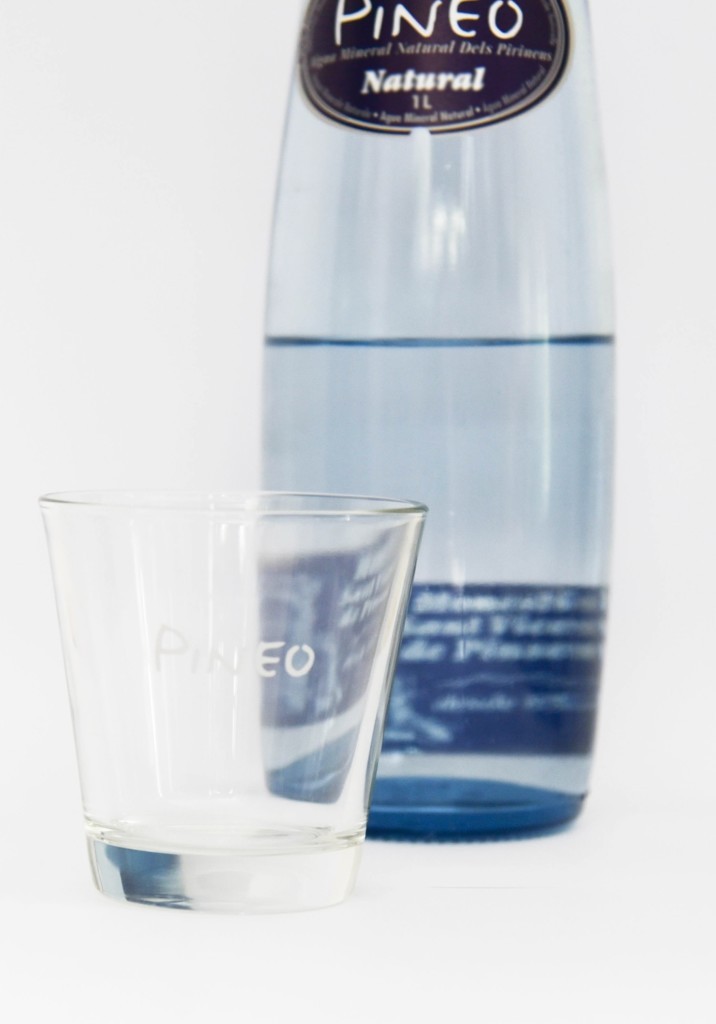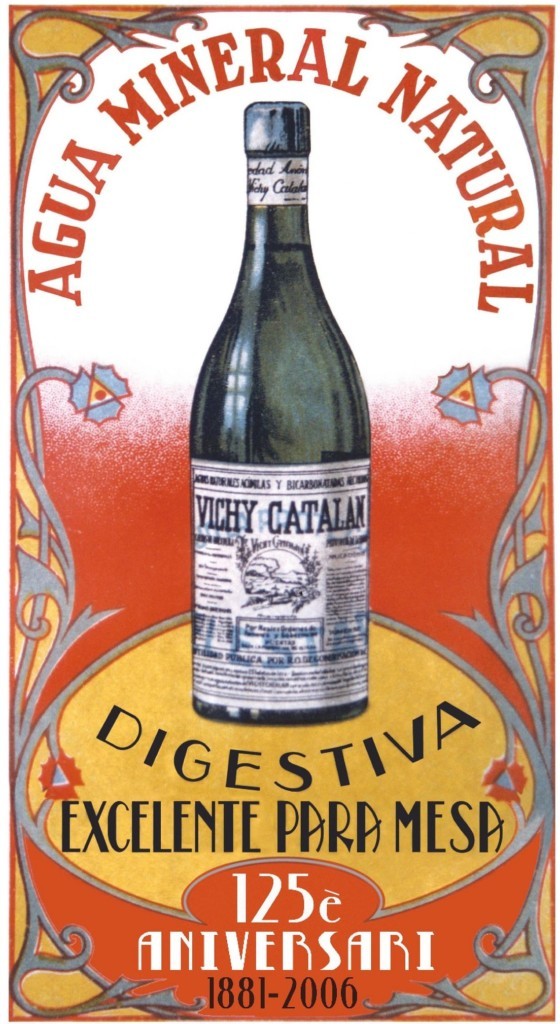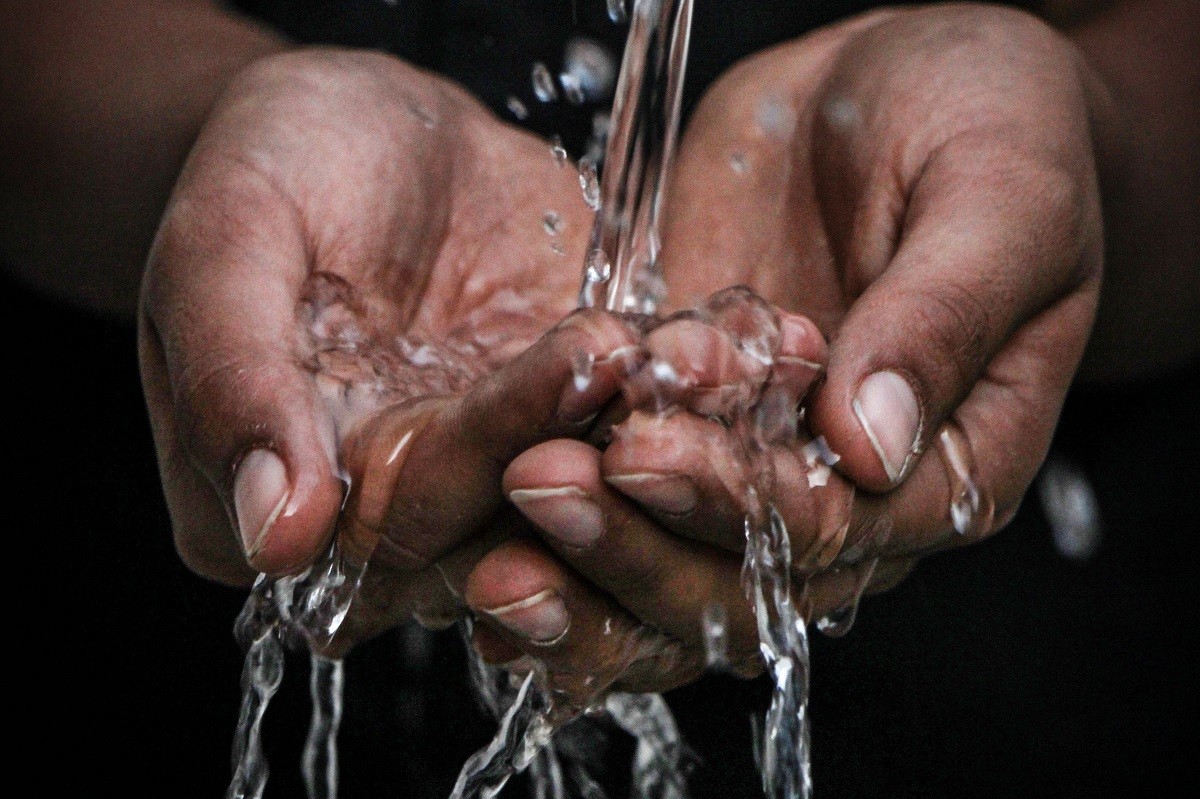Vichy Catalan is a trademark for water from a source in Gerona in Catalonia and is drunk everywhere in Barcelona. Pineo water comes from springs located in the unspoilt and protected nature of Estamariu in the Spanish Pyrenees. Pineo water is bottled in glass bottles straight from the source, thus ensuring the water stays pure and natural.
We wondered how these two mineral waters would compare with each other. The Vichy Catalan label covers various watermarks, namely Vichy Catalan, Vichy Barcelona, VCH Barcelona, Font d’or, Malavelle, Font del Regas, Mondariz, Monte Pinos, Fuent Pinos, Les Creus, Sant Hilari, Fuente estrella, Fuente del Val. . In this test we compare Vichy Catalan and Pineo.
| Vichy Catalan | Pineo Intense | |
| Sodium | 1 100 mg | 0,9 mg |
| Bicarbonate | 2031 – 2081 mg | 248 mg |
| Sulfate | 46 mg | 7,9 mg |
| Chloride | 584 – 680 mg | 1,9 mg |
| Fluoride | 1 mg | 0 |
| Lithium | 1,3 mg | 0 |
Mineralen in Vichy Catalan en Pineo Intens
Mineral water with a dry residue (what is dry residue? Read it here) of between 50 and 500 mg per liter is strongly recommended for daily use. Water with a dry residue of more than 500 mg per liter is too mineral-rich for daily use. This creates imbalance in our body and too many inorganic minerals in our intestines.
Pineohas a dry residue of 223 mg/literand therefore fits perfectly inside the limits for daily use. Vichy Catalan, on the other hand, has a dry residue of between 2900 and 3843 mg/liter.
Tourists and Catalans prefer Pineo Intense to Vichy Catalan
The result of a blind taste test indicates that 94.7% of tourists in Catalonia prefer Pineo Intense to Vichy Catalan. 52% of Catalans prefer Pineo Intense over Vichy Catalan. It is surprising that a much higher percentage of the younger Catalans prefer Pineo Intense, while the older generation of Catalans prefer Vichy Catalan.
This taste test was carried out at Casa Turin in Castelldefels, a municipality in the Spanish region of Catalonia, in the province of Barcelona. 190 tourists and 163 Catalans participated in this blind taste test.
It is clear why Chef Santi Santamaria with 8 Michelin stars chose to give Pineo to his guests!
-

Pineo has a dry residue of 223 mg/liter -

Vichy Catalan has a dry residue of between 2900 and 3843 mg/liter
Statements about mineral water
We extracted some disturbing statements from the thesis Bottled natural mineral water in catalonia: origin and geographical evolution of its consumption and production van Alexandre Nobajas i Ganau, attached to the University of Barcelona.
“Certain mineral waters are dangerous if consumed as table water. Some waters are excellent if consumed in moderation, but become dangerous in larger quantities. For example, you should not have more than 3 glasses of water from Caldes de Malvella and Vichy per day drink and this with pauses in between. More than 3 glasses could be dangerous for certain people, so the water from Vichy and like-minded people are not table waters, because their minerals are too intense. “pages 155-156
“An earthquake, with its epicenter two kilometers below Caldes de Malavella, occurred on December 19, 2010. After the earthquake, the capacity of the sources was reduced and some sources even dried up completely.” Page 225
The two brands that emerge in two reports as extremely radioactive are Pedras Salgadas from Portugal and Vichy Catalan from Catalonia. According to Vichy Catalan, they have introduced systems to reduce the amount of radiation, so it is no longer as radio active (Food Standards Agency 2004).
“Another problem arises when these mineral waters? are given to young children, since the amount of radioactive intake depends on the weight of the person. But since this water is not suitable for children due to its high mineral content, this would not be a problem.” Page 236
In some cases the limit recommended by the WHO is lower than the legal limit.
“Mineral water trademarks with radioactive water sources have deviated from their original water sources, but do not state this on their websites or on their bottle labels.” Page 237


